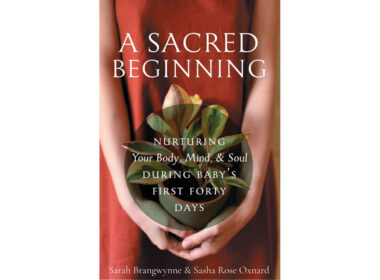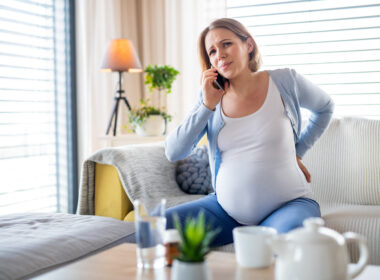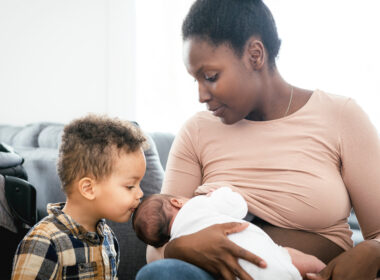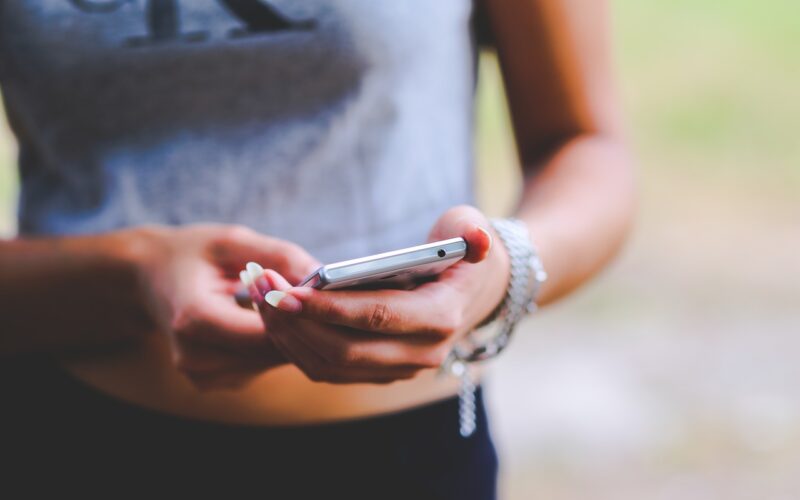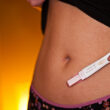A relative of mine, a young woman in her early 20’s, is using a fairly popular cycle tracking app. “I’m quite impressed how it can tell me the date of my next periods,” she claims. This young lady is not sexually active, therefore not interested in knowing about her unique and changing fertile window.
But what if you are? What if you want to avoid pregnancy or achieve pregnancy? A recent article published by the American College of Obstetricians and Gynecologists (ACOG)[i], may want you (and medical professionals) to think that a number of cycle tracking apps are best in class, while in fact they are of little value beyond the tracking of periods. In fact, the study admits at the end: “We did not evaluate for nor do we advocate use of these menstrual cycle tracking apps as a primary tool to prevent or achieve pregnancy.” So what’s the difference between the apps they reviewed and those that are useful for modern fertility management?
Here is the key differentiating factor.
First, we must understand the difference between the ancestor of cycle tracking, AKA the rhythm method or the Ogino method, and the modern fertility awareness methods such as the ovulation methods, the sympto-thermal methods, and the symptom-hormonal methods. The rhythm method is based on the observation of the length of the woman’s previous cycles. With a simple calculation a woman can figure out her “window of fertility” or fertile phase.
Indeed a woman’s cycle can be divided into three periods of infertility and fertility. She’s typically infertile from menses until a few days before ovulation, then fertile a few days before ovulation until 1 day after, and then considers herself infertile again three days after ovulation until the end of her cycle.
There are different formulas to calculate the days with the rhythm method. One determines the first period of infertility by subtracting 19 days from the shortest of six previous cycles. If the shortest cycle was 29 days long, it would result that the woman would be infertile between the first day of her period to day 10. The fertile phase would start at day 11. Then the fertile period ends 10 days before the last day of the longest cycle.
Here is the problem: the length of the infertile phases can change significantly for each person based on a number of factors. These factors include stress, typical cycle length, illness, medication, breastfeeding, and other. What was true for the previous six cycles may not apply at all to the next one. As a result, she may think that her ovulation is not happening when it really is.
It is also very imprecise. For example, if the woman’s previous four cycles varied from 30 to 36 days, the fertility window starts at day 11 and ends at day 26, that’s 14 days. If the couple is trying to avoid pregnancy, it means they have to abstain for 14 days! If they are trying to achieve, they could easily miss the most likely time of conception, which is really three days before actual ovulation.
That’s why new methods of fertility awareness were developed. Contrary to the rhythm method, they track the visible signs of fertility that indicate much more accurately the fertile phase. There are three signs that every woman can observe herself: cervical mucus (sensation or inspection), temperature change after ovulation, and the secretion of LH hormones. All these signs have been evaluated in research studies. Some methods use only one sign and others use two or more. But all are much more accurate than the rhythm method in showing when ovulation is really about to happen and when it just happened.
For women who are trying to avoid or to achieve pregnancy with the help of an app, it is critical to understand whether the electronic tool they rely on is based on the actual observation of fertility signs that they record every day or on counting days. For simplicity, I will call them by name: the “counting days apps” and the “informed fertility apps.” Obviously, we believe it is essential that users be trained to make the difference.
So what about this new study published by ACOG that ranked 20 cycle tracking apps as top of the line? First, in their methodology, they considered “an application accurate if menstrual cycle predictions were based on average cycle lengths of at least three previous cycles, ovulation (when included) was predicted at 13–15 days before the start of the next cycle.” In other words, they report that they selected apps that are based on counting days and NOT on observable signs of fertility.
Second, they eliminated apps that were not free, thus eliminating the apps that are part of an established FABM or NFP training organization[ii], and come with the support often needed to be accurate in the first few months of charting your cycle. Other apps that are not part of such an organization yet integrate a temperature measurement in their algorithm are also surprisingly absent from the list[iii].
The ACOG article is dangerous, because it may lead people to believe that modern methods are not accurate and couldn’t be relied upon for what most women are interested in when they’re in their fertile years. Many of these apps have huge promotional budgets that give them a strong voice on this new market.
Here is the good news: informed fertility apps exist. Our partners from FACTS, the Fertility Appreciation Consortium to Teach the Science of FABMs, completed a study of apps that indicated they were based on modern FABMs and their article is about to be published in the Journal of the American Board of Family Medicine. Stay tuned!
Be well,
Gerard Migeon
[i] Obstetrics & Gynecology, May 2016. Evaluation of Smartphone Menstrual Cycle Tracking Applications Using an Adapted APPLICATIONS Scoring System Michelle L. Moglia, et al.
[ii] Such as Creighton FertilityCare, Couple to Couple League, SymptoPro, Sympto.org, FEMM. For more information about them please see here.
[iii] Such as Kindara, Daisy, Ovatemp, Natural Cycles just to name a few

